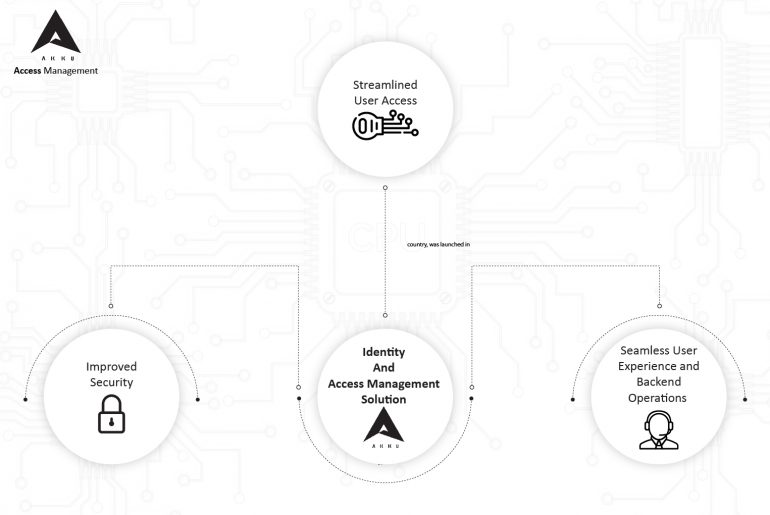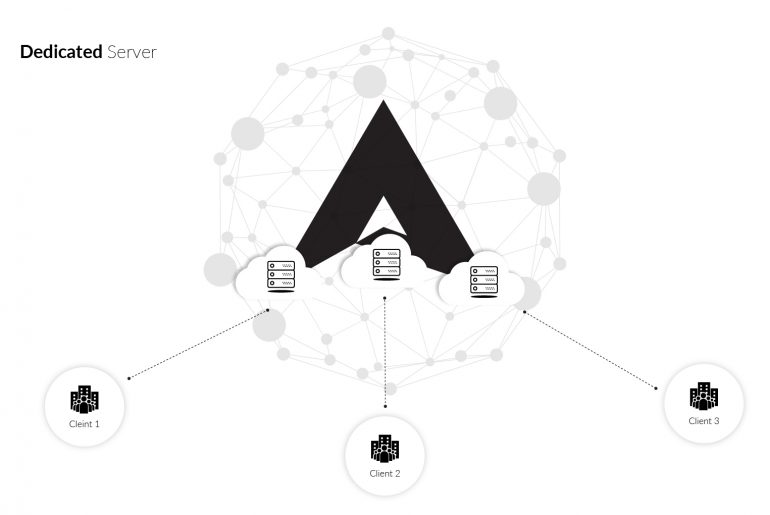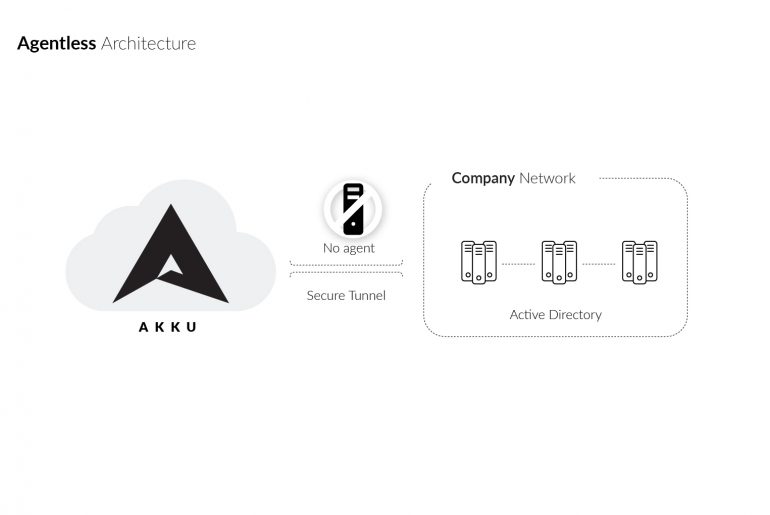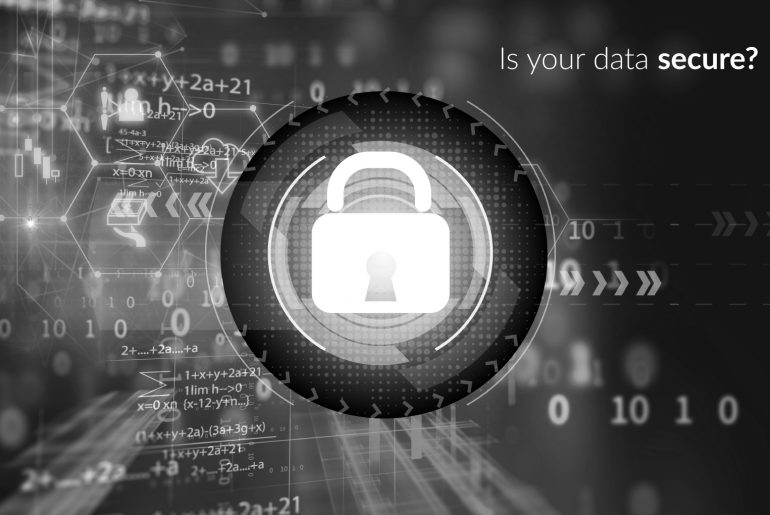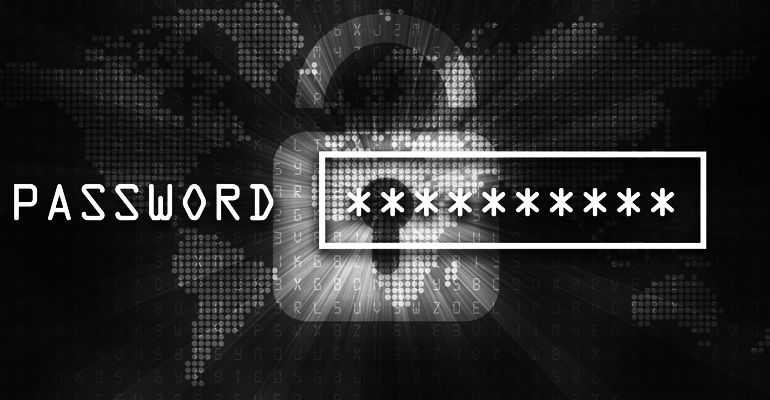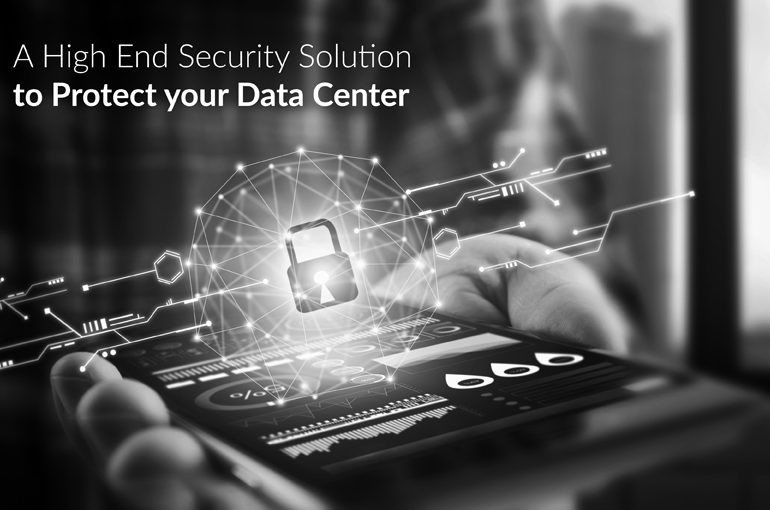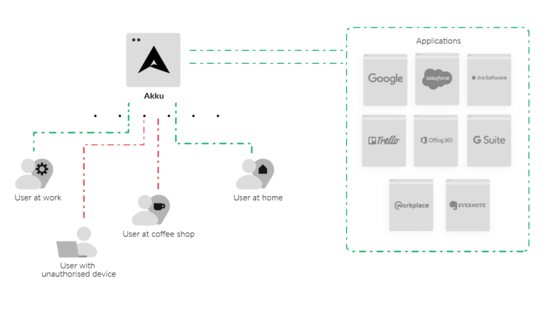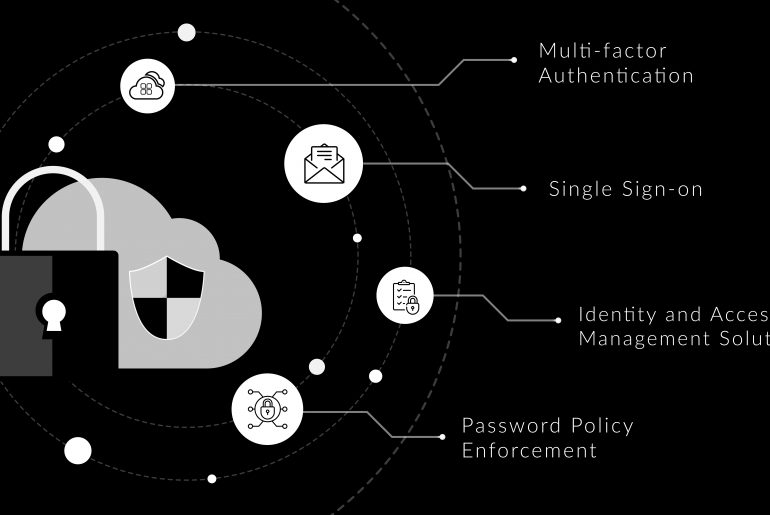The most common misconception regarding credential phishing is that it is people-driven and not organization-driven. Therefore, organizations tend to underestimate the impact it can have on them if even one of their employees is a victim of credential phishing. We suggest reviewing your entire security strategy to ensure that you are protected against phishing.
Here is everything you need to know about credential phishing attacks.



